You’re getting sick of casseroles and take-out.
Who could blame you?
One of them is bland, the other gets expensive and causes health problems.
Truth is, there’s far too much monotony with most of our diets, and it can cause us to develop bad eating habits.
If you’re not satisfied after you eat a full meal, then it means your body likely isn’t getting all the nutrients it needs.
That’s where blenders come in.
Blended diets have been proven, time and time again, to promote weight loss, clearer skin, and regain healthy eating habits by feeling full more often than not.
Even if you’re not hopping on a blended diet, it’s still good to know how to make excellent blended food for when the mood strikes, or when you want to break up your dinnertime rut.
These are the best ways to get the most out of your blender, and make some truly delectable creations along the way.
Why It’s Better to Blend Fruits and Vegetables Rather Than Eat Them Whole
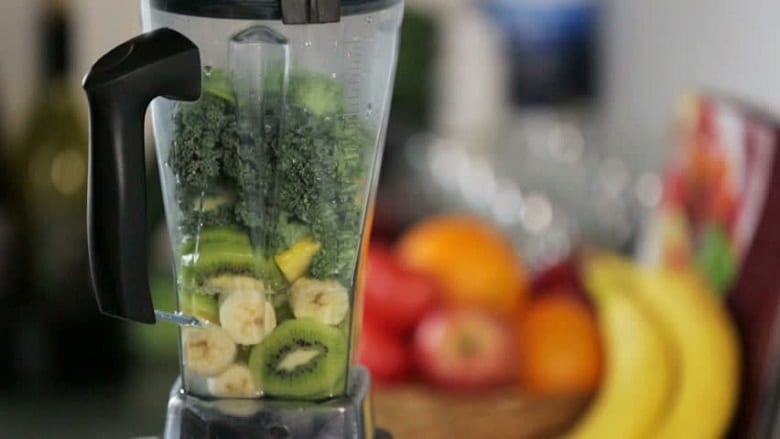
We hear it all the time: more fruits, more vegetables.
The problem?
Everything else in the supermarket looks and tastes far better. Some of us enjoy the taste of raw broccoli and kale, and that’s great; more power to you.
However, a lot of us don’t really care for the bitterness of greens, and outside of basic bananas, blueberries and strawberries, we’re not including enough variety into our fruit diet.
Blending helps.
Not only does it help you make thoroughly healthy drinks and liquid meals, but it’s also easier to stick to than shoving down a pound of steamed spinach.
One majorly beneficial part of natural fruits and vegetables is the fiber content.
In America, we only have a 5% population of people who actually receive enough fiber every single day, and they are usually health-centric eaters who live a healthier lifestyle because they truly love it.
Blending fruits and vegetables breaks up that fiber and turns it into a drinkable, albeit it thick substance.
The fiber isn’t going anywhere, it’s just become more digestible, unlike with juicing (we’ll touch more on that later).
So you’ll get your fiber, but you’ll also get a higher concentration of antioxidants, because you’ll actually be eating entire servings of fruit.
Fiber, antioxidants, and more—you get a very diverse vitamin and mineral mix from the foods that you normally don’t like. Broccoli, for instance, has protein, vitamin C, vitamin A, vitamin K, Vitamine B9, potassium, selenium, and phosphorus.
That’s one vegetable alone.
Then you mix in a fruit, like blueberries (it sounds like a weird pair, but it hides all the bitterness of the greens), and it gives you vitamin C, vitamin K, manganese, and trace amounts of several other nutrients. Some of these max out your daily suggested intake, and that’s just the start.
There are numerous recipes that incorporate different fruits and vegetables that are designed to give you all of, or close to your 100% daily recommended intake of over a dozen vitamins and minerals.
It’s like supercharging your health.
Now be honest with yourself, are you going to eat all those fruits and vegetables when they’re sitting on a nine inch mountain on a serving platter?
No, you’re not, and that’s okay. Blending it up makes it more palatable, flavorful, and beneficial, since you’ll easily be able to drink the entire thing.
The Difference Between Juice and Blending
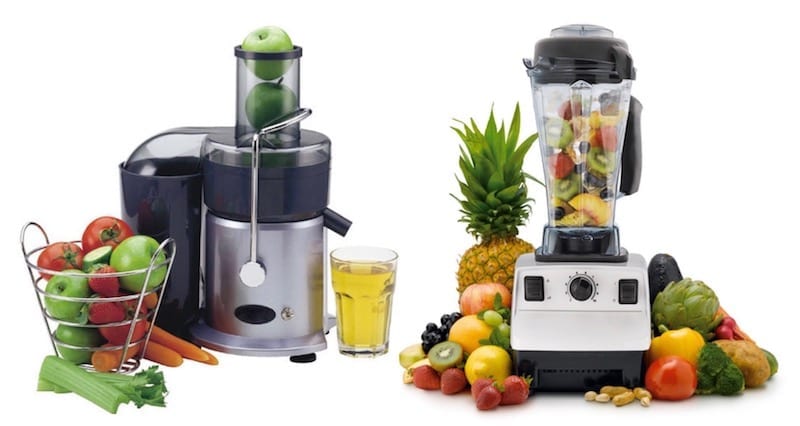
Editor’s Note: If you’re interested in a deep dive on the subject, you can find our full article on the difference between blending and juicing right here.
To put it simply, blending is better than juicing.
If you’re not getting enough vitamins and minerals in a given day and you’d rather juice over blending, that’s fine: that’s still majorly beneficial and better than doing nothing.
However, blending offers more benefits.
Juicing removes up to 60% of antioxidants from fruit, whereas blending keeps it all in. Vitamins that cling to fiber all stay in the drink as well, so you’re not just discarding major health benefits.
It’s healthier, and you’ll feel fuller because of the fiber.
Juice can go through you like water (and often does), but blending could hold over your hunger, and reduce the desire to pick at snack food throughout the day.
Either way, siding with one of the two methods could be better than your current dietary habits.
What You Need for Blending
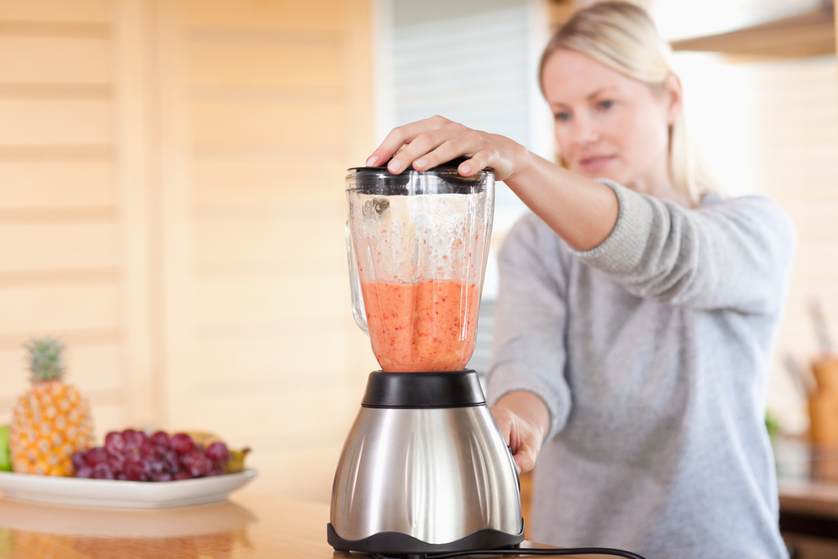
First thing’s first: a blender.
You need something with a high amp motor to handle the stress of mixing in ice, fibrous vegetables, and tough seeds from berries.
If you’re putting ingredients into the blender and you can hear it whirring like the motor is going to give out, then it’s not a good pick for you.
You need sharp blades.
Dull blades are going to have a tough time cutting through fibrous vegetables, or anything else for that matter.
While some blenders rely on the speed of the blade, you still want to keep them sharp (by sharpening or replacing them) to keep your blended beverages coming out perfect.
Lastly, you need a recipe, and the subsequent ingredients.
Unlike all the packaged food at the store, there’s no ounces or measurement systems in place when you buy a head of lettuce or a whole stalk of celery with the roots still in.
Instead, you’re going to have to find your own way to measure it so you can follow the recipe, and avoid unbalancing the taste. For that, we recommend:
- Food Scale: This can weigh in grams, ounces, and pounds to let you know exactly how much you’re putting into the blender. For recipes with a high concentration of greens and a low concentration of fruits to mask the flavor, it’s critical that you get the measurements right.
- Measuring Cups: Preferably stainless steel, so they don’t discolor from the harsh colors of berries and other fruits. When it comes to blueberries, diced strawberries and fresh bananas, it can be easier to simply measure it out in cups before adding it into the blender. Some recipes will even call for it.
- Scraps Container: You can blend up the scraps (banana peels, celery roots, strawberry leaves) to make your own compost. Use this to either plant fruits and vegetables outside, or just sprinkle it in the backyard. Better than wasting it, and your blender is more than up to the task. If not, this just makes cleanup a lot easier.
You should also know how to properly clean your fruits and vegetables beforehand, and quality check them.
If it’s going to be blended anyway, minor bruises on fruits and vegetables are no big deal, just be sure to figure out if they’ve gone bad, or if they’re just on their way out.
Get associated with everything before you fire up those steel blades.
Food You Can Blend
Your blender isn’t all-powerful, but it is pretty darn close.
These are the main fruits, vegetables, and additives (secondary ingredients) that you can throw into the mix, and confidently expect a good result from the other end. We’ll cover the foods that you shouldn’t blend at the end of this.
The Best Vegetables for Blending
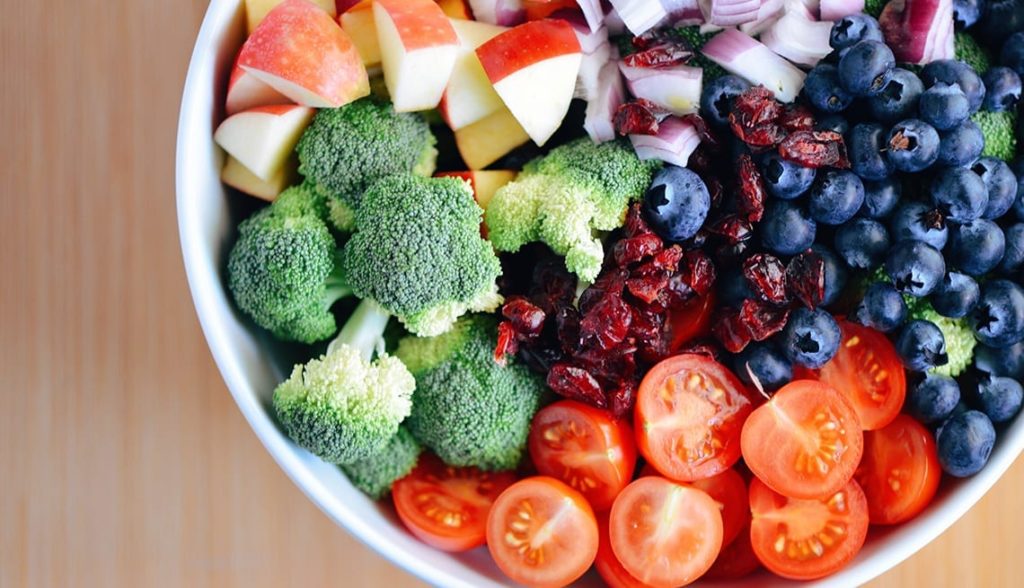
Vegetables contain far more earth-rich vitamins than fruit, and are absolutely paramount in a healthy blended lifestyle.
The occasional smoothie drinker is pumping bananas and strawberries into themselves without adding a counter balance of hearty vegetables, but that’s not how you do things.
This bit of blended bliss will supercharge your diet, and if you’re not a fan of them all, the alternative fruits we’ve outlined in the next section will help to cover up some of the flavor.
- Broccoli: It’s best if it’s par cooked to put some ease on your blender, but when mixing it into a smoothie or a dip, it’s absolutely perfect.
- Carrots: They’re a bit rough at first, so it’s best to peel them first, but they blend in very well. Carrots will change the color of the drink, especially if mixed in with some greens.
- Radish: Major health benefits here, but it will flavor the dish a bit in an unexpected way. Not a bad thing, just put it in cautiously at first until you get used to it.
- Kale: You know why it’s good to blend? It’s nutritious as can be, and it’s super easy to mask. Most of us don’t like the taste, so toss in some citrus fruit to cover it up.
- Celery: Adds a bit of a watered down quality to your drinks, so be careful with how much you put in. Celery is great to thin out thicker smoothies.
- Cucumber: Cucumber has a sharp taste to it, and it will definitely be detectable in just about anything you introduce. It’s a very water-based vegetable, but it blends in like a dream.
- Beets: Beets have a very earthy taste, so they’ll transform whatever you put them into, but when blended with some citrus fruits the flavors pop in a good way.
- Herbs: Technically classified as a vegetable, herbs help to mask up bitterness and add a nice touch of flavor to most blended drinks.
If it’s a leafy green, it’s time to toss it in the blender.
You can put just about any vegetable in here, and it’s going to whipped up into a glorious beverage that has you feeling like a million bucks afterwards.
If you strictly put fruits in your blended drinks without vegetables, you’re robbing yourself of essential nutrients, and you’ll probably end up with a sugar crash.
That being said, you shouldn’t leave fruit out. Use these ones to get a fantastic blend of vitamins and flavor to mask any vegetables that you don’t care for.
The Best Fruits for Blending
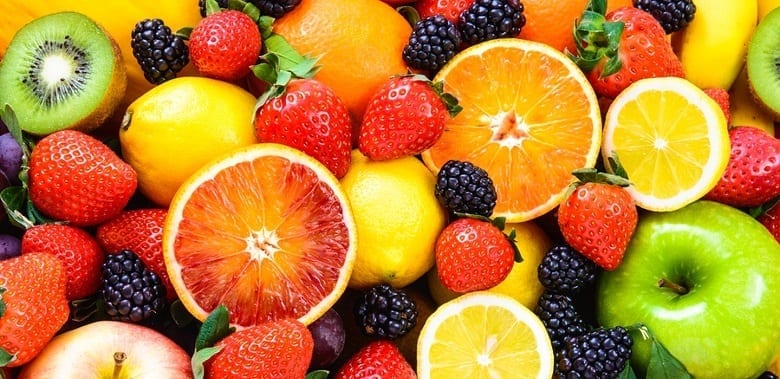
Fruit might be high in sugar, but it’s processed differently through your body compared to processed sugars. With it comes a ton of vitamin and antioxidant benefits that you can’t get in other foods, and fruit also makes your vegetables taste far more palatable.
These are the ones that you should consider adding.
- Bananas: You need potassium to regulate nervous system activity, and to continuously nourish your blood cells and bones. Bananas are rich with it, and they have a great undertone taste that combats broccoli and kale.
- Strawberries: Antioxidants galore, and a nice burst of vitamins that your body will thank you for. Strawberries are a mainstream fruit that’s included in a lot of smoothie beverages, but that’s for good reason—it blankets over vegetables with a sharp and delicious taste.
- Kiwi: When was the last time you had a kiwi? Vitamin K, folate, potassium, antioxidants as far as the eye can see, and more. They’re a lot of power in a little package, and your body could use a jolt of what they have to offer.
- Lime: Apart from the antioxidants, limes are excellent for improving your skin quality, digestion, reducing your risk of heart disease, and they add a sharp citrus flavor that’s perfect to cover anything green and leafy.
- Lemon: Lemon shares properties with lime, but it has a much more sour taste to it when used in abundance. Lemons support weight loss, skin quality, and naturally restores pH levels in your body.
- Pineapple: These are one of the few fruits that come with natural protein, and a ton of potassium without packing as much sugar as you’d think. Pineapple is sweet, but it’s also tart and works great to balance out a smoothie or frozen drink.
- Plum: A plum is filled with more antioxidants and benefits than even we first imagined: they fight cancer, heart disease, diabetes, and chronic diseases that target your bones and nervous system. They’re basically a superfood, and they taste divine.
- Pomegranate: Antioxidants, vitamins K, C, and a ton of fiber—need I go on? Pomegranate is an acquired taste for some, but it does a great job at balancing sweet right alongside fibrous.
- Grapes: Antioxidants, vitamins C, K, B6 and protein, alongside potassium, riboflavin, thiamine and fiber. Do you realize how packed these little wonders are? They’re delicious, they’re one of the most beneficial fruits you could add in.
- Peach: All the vitamins—E, K, C, A, and manganese to boot. These are power-packed and add a bit of citrus and tartness to your drink, just be sure to pit them before you throw them in.
The Best Secondary Ingredients for Blending
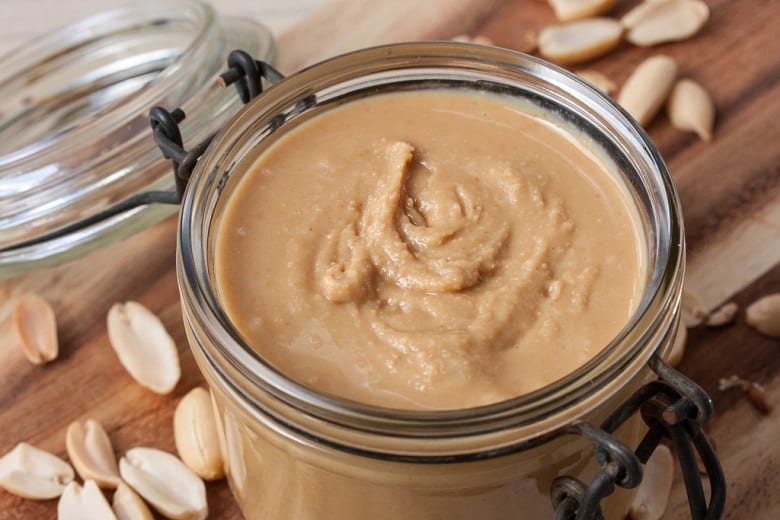
Getting a bit tired of the way your drinks are coming out?
Let’s throw in some wildcards, and switch up the flavor palette.
- Peanut Butter: It’s thick and sticky, and changes vegetables into a thick, ice cream-like dessert that you can eat with a spoon. Peanut butter is insanely packed with protein, which can help you out when you’re bulking up and trying to stay healthy.
- Protein Powder: Speaking of protein, are you getting enough? Blended diets are great, but they can lack sufficient protein sources. Toss some of this in to thicken up your drink and make it a bit healthier. As a warning, it’s hard to mask the flavor of most protein powders (even unflavored ones).
- Yogurt: It’s an essential ingredient in smoothies, and you can switch it up with flavors, go from smooth to Greek, and use it as a variable that will switch up the texture of any drink.
- Nut Milk: If yogurt doesn’t work due to lactose intolerance, what about a nut milk? Almond, cashew, walnut—add whichever one fits your flavor style, and thicken up the drink.
Foods to Avoid in the Blender
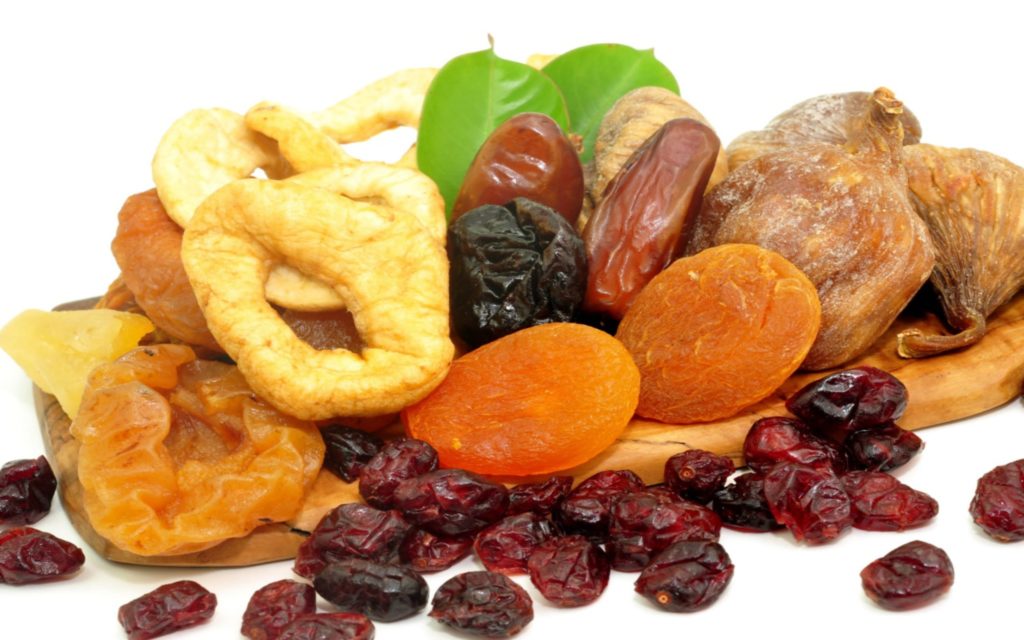
These all fall under the category of, “You can, but you really shouldn’t.”
Some might be obvious, but others will be a bit surprising. It’s all in an effort to maintain a consistent end result, while reducing the strain on your blender as the same time.
- Frozen Fruit: Straight up frozen blueberries can be like putting pebbles in your blender. You don’t want to chip the blade, now do you? They’re pesky, so thaw them out before throwing them into the pitcher, or only use fresh blueberries instead.
- Nuts: You should avoid it, but if you can’t, then so be it. Nuts can turn into a bit of a paste if your blender is mid-tier, but for powerful blenders like Vitamix and Ninja models, you could likely whip up almonds into a nut butter. It depends on the blender, but generally, these are best avoided.
- Garlic: It makes us sad, too, because garlic is essential for guacamole. Garlic has a very strong flavor, and while that’s a good thing, it won’t exactly be nice to detect a garlic undertone the next time you make a strawberry banana smoothie. Acidic foods like this with strong odors can absorb into the rubber seal.
- Potatoes: This one sounds weird, but it’s not because your blades can’t handle it. If you’re trying to make mashed potatoes, then your blender isn’t up to the task. You could end up expelling too much starch from the potatoes, and basically make a delicious-looking glue.
- Dried Fruit: Dehydrated fruit is super sticky. Just think of raisins or something along those lines, and the residue it leaves behind on your hands. Now think of your 6,000 RPM motor getting caked with it. Not good.
- Boiling Liquid: It’s not a food per se, but if you’re trying to make soup and it’s at a rolling boil, give it a minute to chill out before you pour it in your blender. Super hot liquid can leach chemicals from the plastic container, or cause rapid expansion in glass pitchers. For plastic, it can discolor, flavor, or just warp it depending on how hot the liquid is. You can still make hot soups in the blender, just don’t be reckless about it.
Can You Blend Meat?
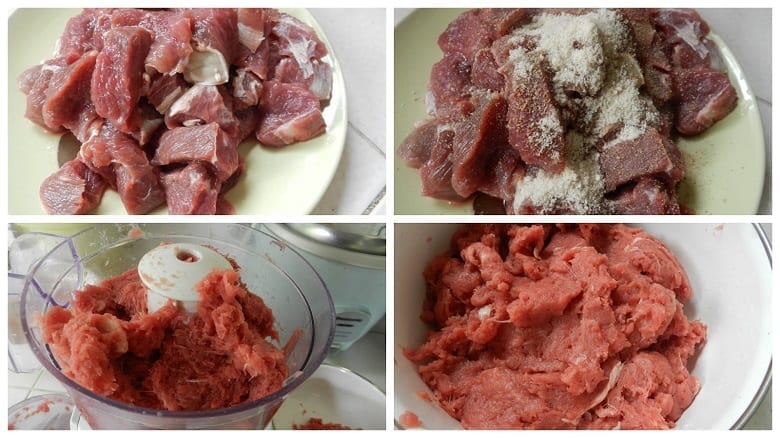
You absolutely can, and it could come out better than if you threw it into a food processor.
The main thing to keep in mind is the mix between fat and actual meat: you want a low fat content, otherwise it could gunk up the blades and make it difficult for it to move.
Even with a powerful blender, it’s still something you want to avoid.
You’ll have to use low fat content meats, such as ribeye or new york strip for steak, or trim the fat off of fresh chicken and pork.
Is Blending Food the Same as Eating It?
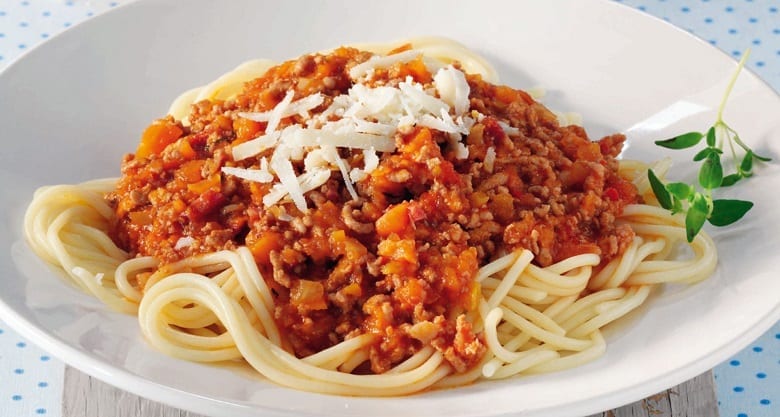
It’s actually better in some cases.
You’re still getting nutrients, just like you would if you ate it. It’s not compromising the food quality in the least; it’s making it easier to digest and for your body to absorb.
So long as you aren’t separating the fiber, it’s still the same as eating it.
Your body will still respond to the nutrients in the same manner, you’re just presenting them in a different way that could be promoting better absorption.
You also have to think that you’re probably putting healthier food in that blender than you might otherwise eat.
Nobody puts a Devil Dog in the blender, you know?
Does Blended Food Help You Lose Weight?
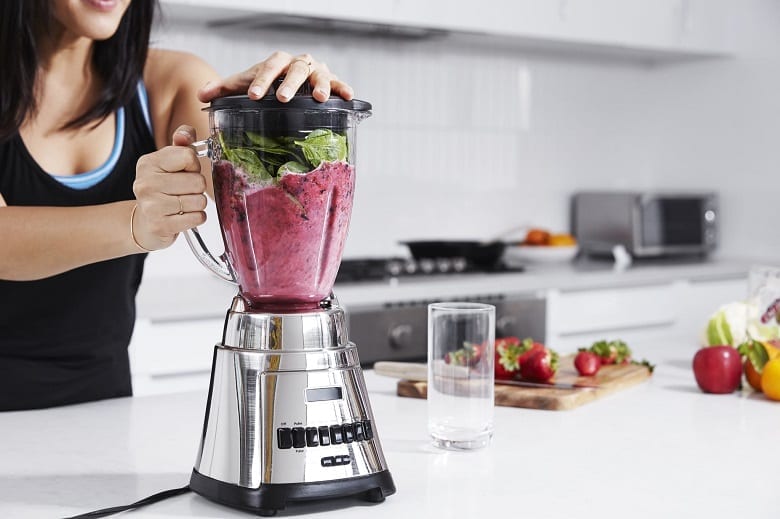
It can help you lose weight. Blended foods guarantee the highest chance for absorbing vitamins and nutrients, while also making you feel full at the same time.
This means you’re getting what your body needs, so it won’t crave as much, and feeling full will prevent the urge to snack throughout the day.
There’s a difference between feeling full and feeling bloated.
If you’ve ever finished a meal, leaned back, and thought to yourself “Why did I just do that?” then you’ve felt bloated.
We all do it from time to time, but when it becomes a common occurrence, that means something: your body wants more nutrients, not just more food.
You’re fulfilling its request, but with the wrong things. It’s like putting diesel in a Camry: it’s not what the tank requires.
Is a Blended Diet Viable?

It most certainly is.
The reason being: fiber.
You’ve heard us say it a lot in this guide (and we’re not done yet), but it’s what makes you feel full and helps your digestive system to produce regular, normal movements.
Compare that with juicing, which runs right through you.
You should still have straight up solid food when you can, but there’s nothing wrong with a blended diet. You’re still getting all the nutrients that you need, but it’s in a more digestible method.
The only thing you have to keep in mind is that if you’re opting for a blended diet, you need a high quality blender that’s up to the task.
Three square meals a day, plus snacks, isn’t exactly easy for department store blender models to handle, not for a long time at least.
When it comes to desserts with ice and thick ice cream thrown in, that puts stress on less powerful motors as well.
Get something worthwhile (since it’s going to replace your stove for a bit), like a Vitamix 750 model.
Does Blending Food Make it Easier to Digest?

Yes, it absolutely does. It’s recommended to chew normal density and hardness foods about 32 times, while steak, nuts, and other hard foods upwards of 40 times.
That’s per bite, mind you, and if you count how many chews you make until you feel ready to swallow most food, it’s probably not even close to the threshold.
Chewing your food more not only burns calories, but it’s better for your digestive system, and promotes a healthier body weight since your stomach can actually siphon the nutrients from the food properly.
Now then, what if we threw it in a blender?
It’s even better. While it’s necessary, one of the hardest parts of food to digest is its fiber content.
That’s why it keeps our movements regular, and keeps our body working to constantly digest something.
It helps you body understand when it’s actually hungry, and designates when you feel full.
Blending doesn’t remove the fiber content, it just pulverizes it into a slosh-like pulp.
We know that doesn’t sound like the most attractive way to say it, but it’s true.
Since the fiber is still in there, drinking high fiber foods actually makes it easier to digest.
Your body can also sap more nutrients from the food and therefore absorb more benefits than you’re probably getting out of your current diet.
Blend it Better
You now know everything that you need in order to blend your way to a better life.
Blenders are the underdog of the kitchen, the tried and true appliances that simply can’t be replaced by food processors or other small appliances.
Blending saves time and money, and can be a great way to lose weight while enjoying more variety in your diet.
If you’re on the fence about what blender to get, try our blender buying guides to find the right pick for you.
Subscribe To Stumpf Studio Newsletter
By entering your email address you agree to get email updates from Stumpf Studio. We'll respect your privacy and unsubscribe at any time.
